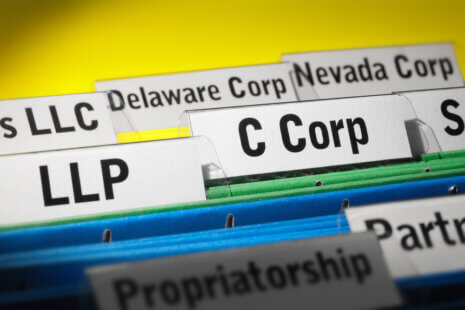The easiest way to do payroll depends on the size and complexity of your business, as well as your comfort level with payroll processes. Here are some relatively straightforward methods for handling payroll:
- Use Payroll Software:
- Payroll software is designed to streamline payroll processes, automate calculations, and handle tax withholdings. There are various user-friendly payroll software options available, both cloud-based and desktop applications, suitable for small to medium-sized businesses. Popular choices include Gusto, QuickBooks Payroll, and ADP.
- Outsource Payroll:
- If managing payroll in-house seems overwhelming, consider outsourcing it to a payroll service provider. Many companies specialize in payroll processing, handling tasks such as calculating wages, withholding taxes, and issuing paychecks. This can save time and reduce the administrative burden on business owners.
- Online Payroll Platforms:
- Online payroll platforms offer a simple and user-friendly interface for processing payroll. These platforms often include features like automated tax calculations, direct deposit, and compliance reporting. Some online accounting platforms, like QuickBooks Online, offer integrated payroll services.
- Use a Professional Employer Organization (PEO):
- PEOs provide comprehensive HR and payroll services. By partnering with a PEO, you can outsource payroll, employee benefits administration, and other HR functions. PEOs can be particularly beneficial for small businesses looking for an all-in-one solution.
- Consult with an Accountant:
- If you prefer a hands-on approach but want guidance, you can work with an accountant or a payroll consultant. They can assist with setting up payroll, ensuring compliance, and providing ongoing support.
- Government Payroll Services:
- In some countries, government agencies offer online payroll services that guide businesses through the payroll process, helping with tax calculations and deductions.
- Mobile Apps:
- Some mobile apps are designed specifically for small businesses to manage payroll on the go. These apps often include features like time tracking, employee self-service, and direct deposit options.
- Templates in Spreadsheets:
- For very small businesses with simple payroll needs, using spreadsheet templates (e.g., Excel or Google Sheets) may be sufficient. However, this method becomes less practical as the business grows.
- Employee Leasing Companies:
- Employee leasing or professional employer organizations (PEOs) can take over payroll responsibilities, along with other HR functions. This can be a comprehensive solution for businesses looking to outsource various aspects of HR.
Before selecting an option, assess the specific needs and complexities of your business. Factors such as the number of employees, the frequency of payroll runs, and compliance requirements will influence the most suitable approach. Additionally, staying informed about tax laws and regulations is crucial, regardless of the method you choose. If in doubt, consider seeking advice from a professional accountant or payroll consultant.




